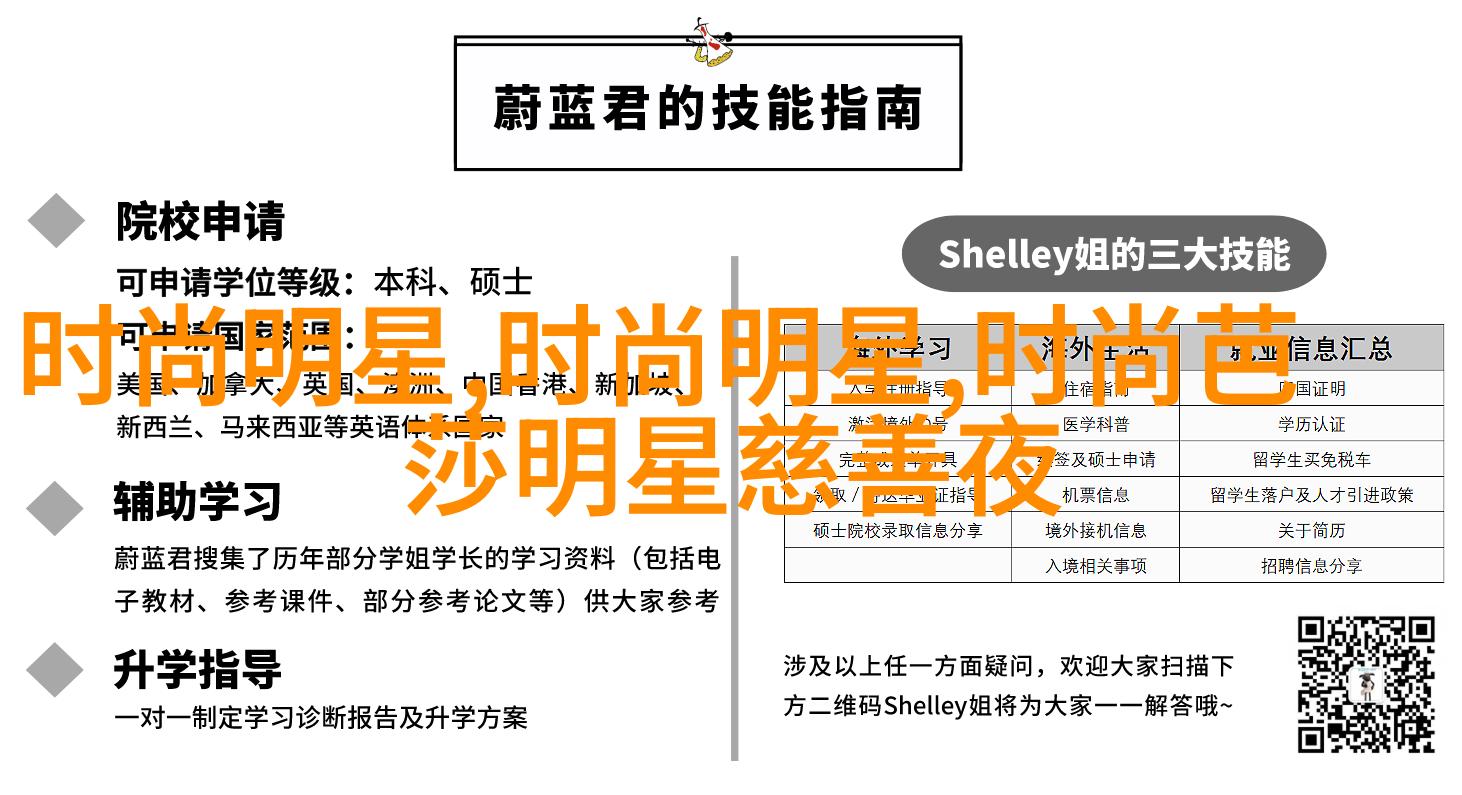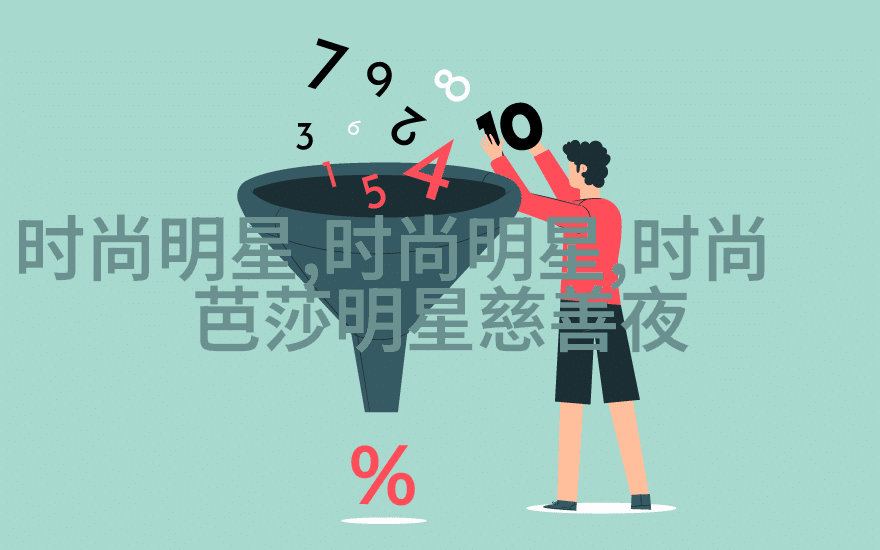1.0 引言

在现代农业中,glyphosate已经成为一种不可或缺的化学农药,它以其高效的杀草性和长期稳定的效果,为全球粮食生产带来了巨大的便利。但随着时间的推移,对于glyphosate潜在风险和对环境、人体健康以及生态系统影响的问题日益凸显。今天,我们将深入探讨glyphosate,从田间到餐桌,其全链条的使用、影响及未来可能。
2.0 glyphosate:超级杀虫剂与现代农业革命

自1974年首次商业化以来,glyphosate迅速成为世界上最广泛使用的人工杀草剂之一。它通过抑制植物生长所必需的一种酶——5-enolpyruvylshikimate-3-phosphate synthase(EPSPS)来实现其作用。这一特异性的生物学作用使得它能够有效地控制杂草,而对作物无害,因而被称为“超级杀虫剂”。
3.0 田间应用:控制杂草与节约资源

在农场里,glyphosate被广泛用于干旱季节进行前后除草。在这种情况下,它可以大幅减少水分消耗,因为不需要反复喷洒除草剂。此外,它还能减少劳动力成本,因为不再需要手动清理田埂上的杂草。
4.0 环境影响:水体污染与生态系统破坏

然而,不可否认的是,过度使用和滥用Glyphosateresulted in the contamination of water bodies and damage to ecosystems, as it can leach into soil and groundwater, and eventually find its way into surface water sources through runoff or irrigation return flows.
5.0 食品安全问题:残留量检测与消费者关切

当Glyphosateresidues are found in food products, such as wheat bread or corn tortillas, consumer confidence is shaken, sparking concerns about potential health risks associated with long-term exposure to low levels of this herbicide.
6.0 人类健康风险评估:科学证据与公众健康关切
The World Health Organization (WHO) has classified GlyphosaterelatedCancers as "probably carcinogenic to humans," leading many countries to reassess their policies on the use of glyphosate-based herbicides.
7.0 重新审视策略:替代措施与可持续发展路径
In response to growing public concern and scientific evidence suggesting potential risks associated with glyphosate use, many farmers are exploring alternative methods for weed control that prioritize environmental sustainability over immediate yield gains.
8.0 结论:
As we continue our journey from the fields where crops are grown to the tables where meals are shared, it becomes increasingly clear that a more balanced approach must be taken towards managing weeds in agricultural systems while ensuring human health and environmental protection.
While glyphosates impact on global food production cannot be ignored nor dismissed lightly,
the time has come for us all – policymakers,
farmers,
and consumers alike –
to reevaluate our priorities when it comes to sustainable agriculture practices.
Together,
we can work towards creating a future where our world's resources will not only feed us but also nourish generations yet unborn.




